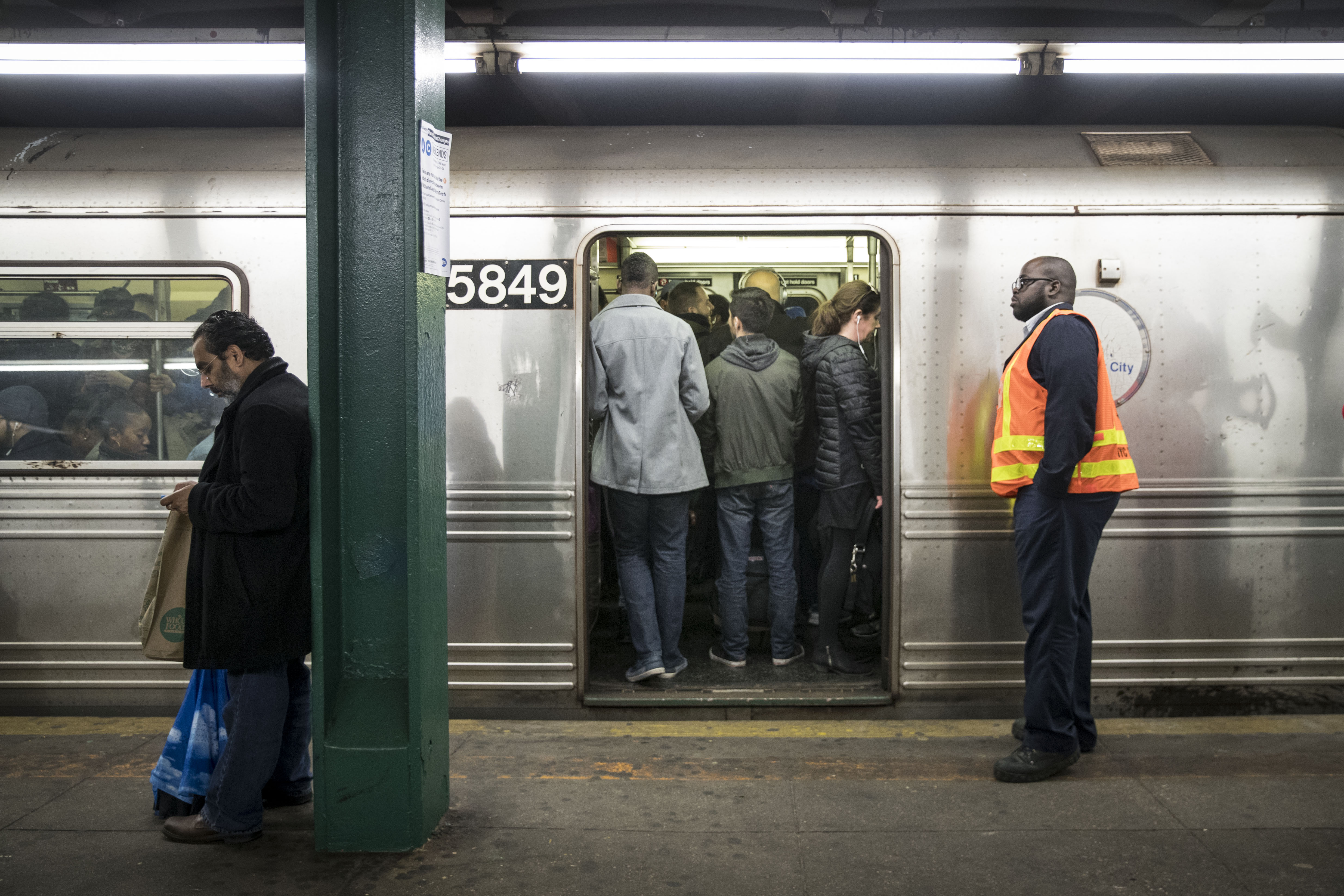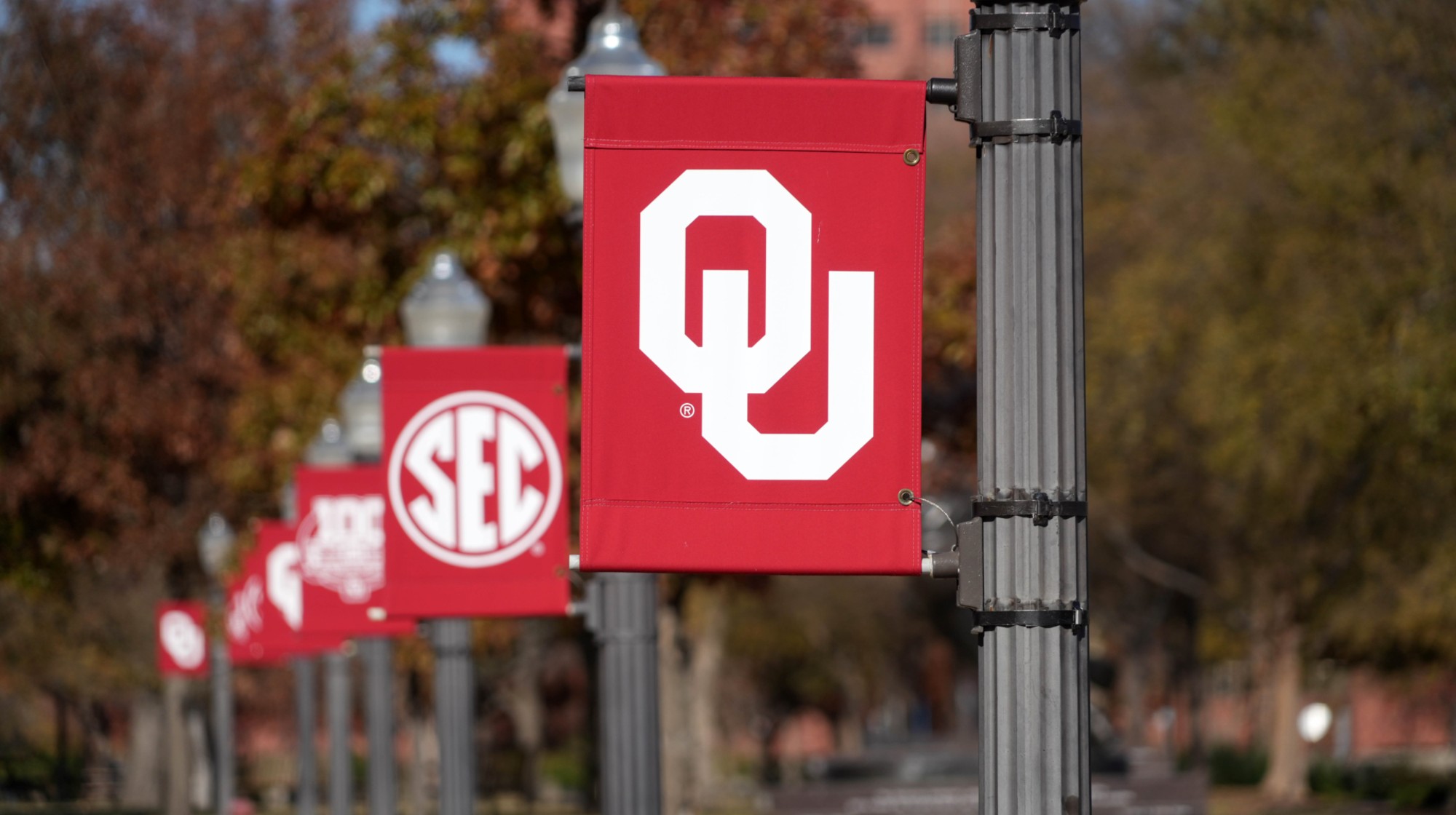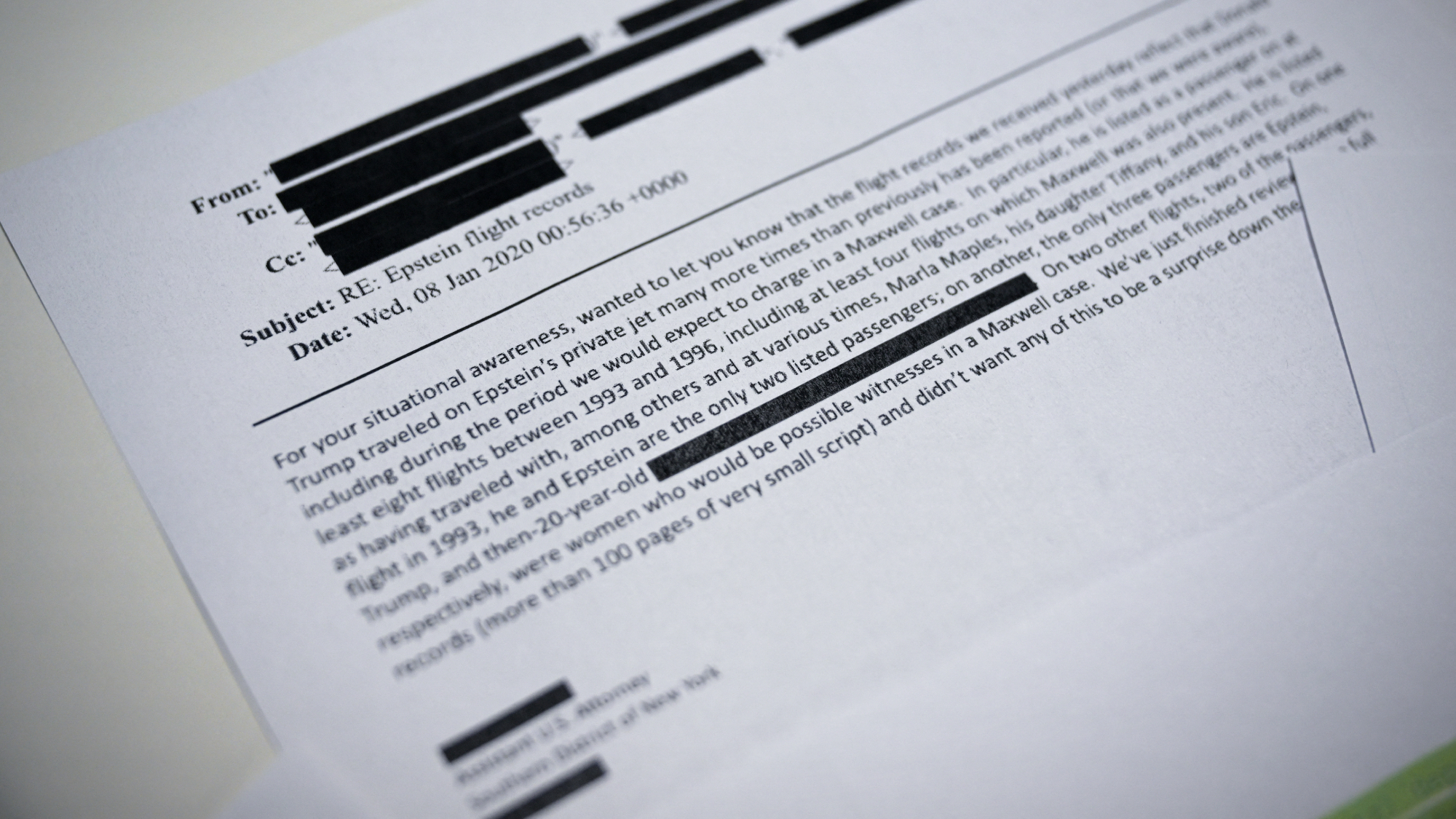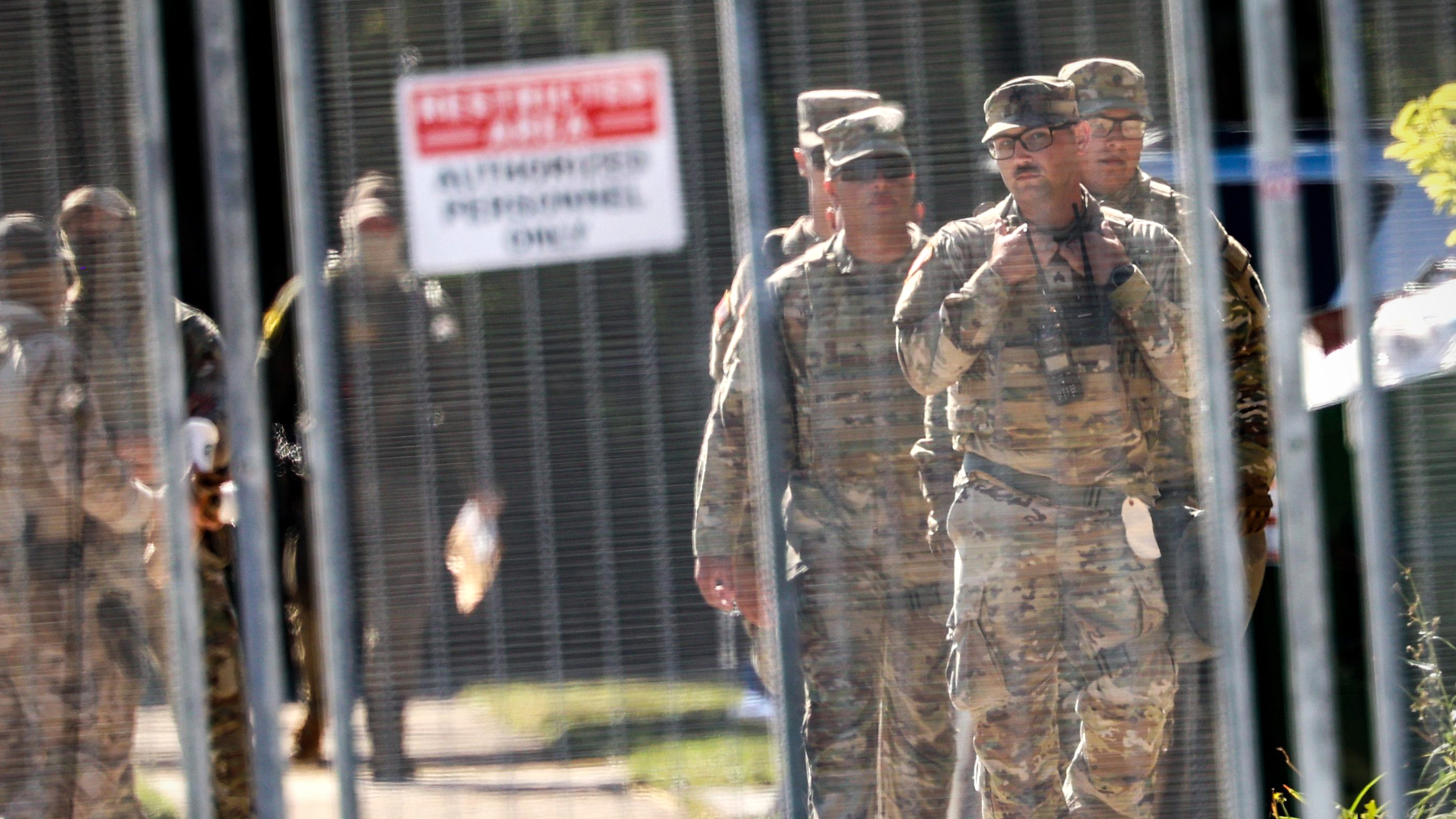How Andrew Cuomo broke the New York subway
New York commuters: This is the man to blame


The New York City subway system, by far the largest and best public transit system in the United States, has reached a crisis level of dysfunction over the past few months, with serious congestion, delays, and a recent derailment in Harlem that injured 34 passengers. In a delayed response, New York Gov. Andrew Cuomo (D) declared a "state of emergency" on Thursday and ordered the Metropolitan Transportation Authority (MTA) to produce a reorganization plan to fix the problem.
Don't fall for his shtick.
Cuomo has been directly responsible for the subway for over six years. It has been obvious since he took power that something like this would happen and he's done nothing but make it worse. The crisis is a clear result of his incompetence, his abysmal politics, and his odious personality.
The Week
Escape your echo chamber. Get the facts behind the news, plus analysis from multiple perspectives.

Sign up for The Week's Free Newsletters
From our morning news briefing to a weekly Good News Newsletter, get the best of The Week delivered directly to your inbox.
From our morning news briefing to a weekly Good News Newsletter, get the best of The Week delivered directly to your inbox.
So what's behind the crisis? Probably the biggest proximate problem is overcrowding. As this New York Times analysis details, subway ridership has nearly doubled since 1990, as the city has begun to grow again — with much of that growth consisting of young people specifically seeking out the urban car-free lifestyle. But the number of subway cars has barely budged, and the miles of track have actually decreased slightly. Congestion problems tend to snowball as the system reaches full capacity, and additional riders make it run slower — delays due to technological problems have roughly doubled since 2012, but those due to overcrowding have jumped by over fivefold.
A secondary problem is the aging technology, which has been in dire need of repairs and upgrades for decades. Much of the system is so outdated that the MTA has to keep up custom manufacturing and repair facilities to make and fix parts that haven't been mass-produced for 50 years or more. (Efforts to replace the ancient fixed-block signaling technology with a more modern version have been plugging along for years, but are nowhere near complete.)
A third problem is that of the larger American problem of hideously overpriced infrastructure. One recently completed minor subway expansion up New York's Second Avenue (the tunnels for which were already half-dug back in the 1970s) was something like two to 20 times more expensive than similar European projects. Inefficient maintenance and capital spending are also a major factor behind the MTA's consistent deficit problem — and outrageous prices push desperately needed upgrades further out of reach.
There are many more nuances one could explore, of course, but those are the major factors.
A free daily email with the biggest news stories of the day – and the best features from TheWeek.com
What the New York metropolitan area desperately needed was leadership with just a bit of vision back in about 2010 or so (or earlier). All the structural problems with the subway have been apparent for decades; that they would all be exacerbated by the steadily increasing ridership was even more obvious. But the bedrock reality of New York City is that it could not possibly exist without the immense person-hauling throughput of the subway — just witness the cataclysmic citywide traffic jam following Hurricane Sandy.
A quality leader would have seen the problem approaching (or listened to the experts who have been shouting about it for years), and proposed a crash program to upgrade, modernize, and expand the subway. Tackling the maintenance backlog would reduce delays and forestall expensive repairs from failures. Upgraded technology would reduce train headways, which together with more trains and stations would allow for enhanced throughput — now a critical necessity in downtown especially. And tackling the cost problem would enable everything else, as dollars could be stretched much, much further.
All this would have required more money, but if costs were brought under control — the linchpin of any subway policy, likely requiring some reform of the beleaguered MTA — it could have been done, and would have been wildly popular.
This someone would have had to be the governor of New York, who controls the MTA. The governor directly nominates the CEO, chairman, and five members of the MTA's 17-person board. He has further influence over the outside counties which nominate a further four seats. New York City itself only gets five seats — and even then they have to be confirmed by the New York Senate, where the governor holds the balance of power.
Cuomo, who has been governor since 2011, is basically the exact opposite of this visionary leader. Instead of recognizing the absolutely vital nature of the subway, he has been shockingly hostile to public transit in general, deliberately undermining and underfunding it from the beginning of his term. He has done nothing about the cost problem. Lacking both a price fix and sufficient outside revenue to stabilize its finances, the MTA has repeatedly resorted to fare hikes and borrowing to cover its spending, leading to a huge debt overhang. (On the other hand, Cuomo did spend billions on a lousy bridge after coring out all the transit additions that were supposed to go with it.)
The transit projects Cuomo does support are the classic type of brain-dead ideas that rich idiots who never ride public transit are constantly coming up with. He wants a wildly overpriced airport connector from JFK to downtown Manhattan — which isn't just a terrible idea in general, it's so bad that it wouldn't even be any faster than almost all of the existing transit connections. He funded fancy new trains and an expensive cosmetic makeover of many stations instead of prioritizing basic functionality — which ironically included wireless internet in stations that stranded commuters have used lately to lambaste him on social media. The man just does not have a clue.
That's just the kind of politician Cuomo is — an ultra-cynical lying snake who does things like help Republicans keep control of the state Senate, or lie about why Port Authority tolls are being raised, or get in a pissing match with New York Mayor Bill de Blasio out of pure spite.
Now that a crisis has been reached, massive pressure (or sheer panic) may lead to some severely overdue patches. But if we're looking for someone who will actually try to govern according to his constituents' best interests, Andrew Cuomo is about the worst imaginable person. He broke the subway.
Ryan Cooper is a national correspondent at TheWeek.com. His work has appeared in the Washington Monthly, The New Republic, and the Washington Post.
-
 Bari Weiss’ ‘60 Minutes’ scandal is about more than one report
Bari Weiss’ ‘60 Minutes’ scandal is about more than one reportIN THE SPOTLIGHT By blocking an approved segment on a controversial prison holding US deportees in El Salvador, the editor-in-chief of CBS News has become the main story
-
 Has Zohran Mamdani shown the Democrats how to win again?
Has Zohran Mamdani shown the Democrats how to win again?Today’s Big Question New York City mayoral election touted as victory for left-wing populists but moderate centrist wins elsewhere present more complex path for Democratic Party
-
 Millions turn out for anti-Trump ‘No Kings’ rallies
Millions turn out for anti-Trump ‘No Kings’ ralliesSpeed Read An estimated 7 million people participated, 2 million more than at the first ‘No Kings’ protest in June
-
 Ghislaine Maxwell: angling for a Trump pardon
Ghislaine Maxwell: angling for a Trump pardonTalking Point Convicted sex trafficker's testimony could shed new light on president's links to Jeffrey Epstein
-
 The last words and final moments of 40 presidents
The last words and final moments of 40 presidentsThe Explainer Some are eloquent quotes worthy of the holders of the highest office in the nation, and others... aren't
-
 The JFK files: the truth at last?
The JFK files: the truth at last?In The Spotlight More than 64,000 previously classified documents relating the 1963 assassination of John F. Kennedy have been released by the Trump administration
-
 'Seriously, not literally': how should the world take Donald Trump?
'Seriously, not literally': how should the world take Donald Trump?Today's big question White House rhetoric and reality look likely to become increasingly blurred
-
 Will Trump's 'madman' strategy pay off?
Will Trump's 'madman' strategy pay off?Today's Big Question Incoming US president likes to seem unpredictable but, this time round, world leaders could be wise to his playbook



